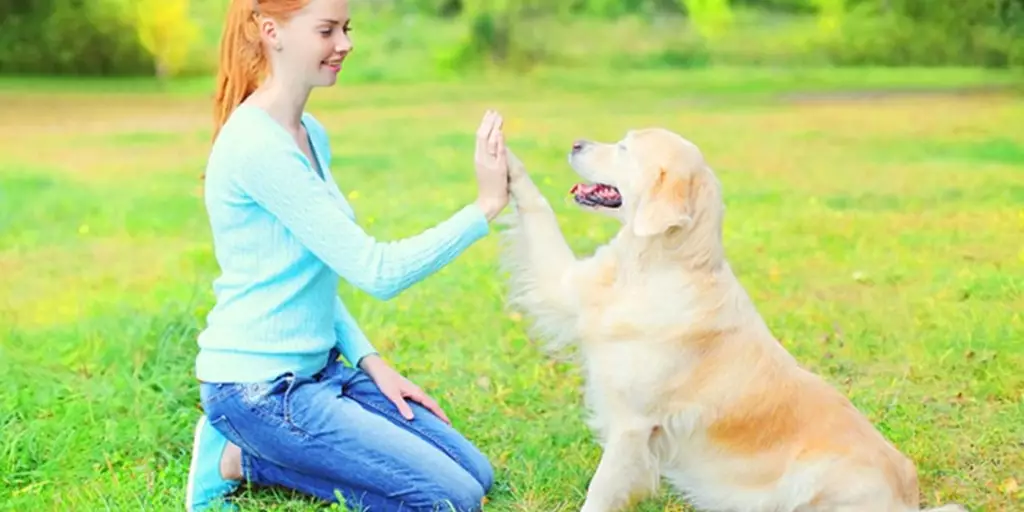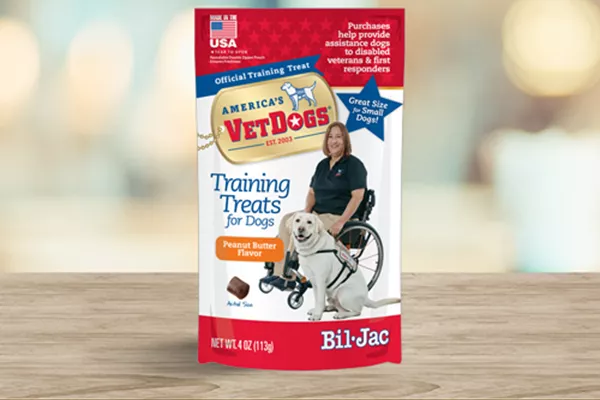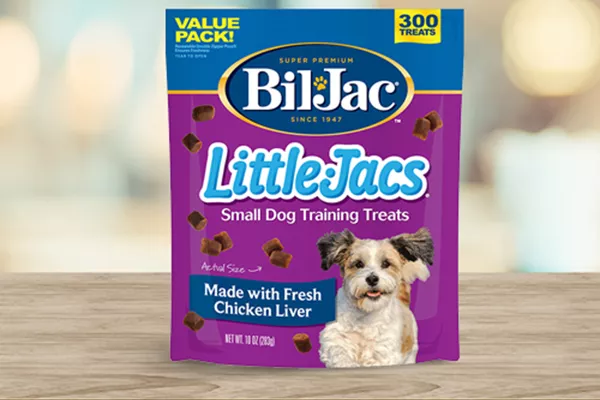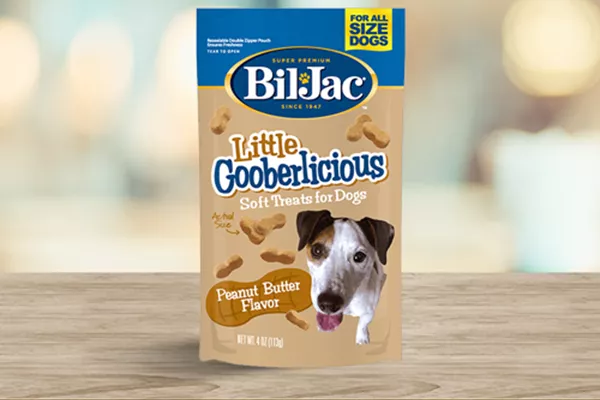2/20/2018
How to use treats to train your dog.

De-mythifying beliefs about training.
Everyone enjoys a well-trained dog. Any dog that obeys basic commands and can perform a trick or two will put a smile on anyone’s face. Taking the time to train your pooch not only makes for a more pleasant experience when you have guests — it also gives you and your furry friend special time together to bond and appreciate one another. On top of that, a trained dog is a safe dog. Teaching him to follow commands such as sit, stay and come can keep your dog out of the way of danger. And that’s good for everyone involved.
The myths … and why you shouldn’t believe them.
Over the years, a number of myths have become entrenched in the dog world. We’d like to take a moment to clear up five myths about dog training in general to make training time more enjoyable for both of you!
Myth #1:
Using treats is “bribing” your dog. This is an easy one. A bribe takes place before the desired behavior as a way to induce the behavior. A reward occurs after. Giving your dog a treat after he has exhibited the behavior you are teaching him is a reward, not a bribe. When we teach animals new behaviors, we need to provide motivation for him to comply. Using a treat to reward him after he has obeyed your instruction is simply a method of reinforcement.
Myth #2:
Praising your dog without giving him a treat is good enough. There is a simple reason why so many trainers use treats to train pets. It’s because food taps into something very primal and instantly understandable to the dog. He may later learn to accept just a few words of praise or a pat on the back for performing desired behaviors, but treats play an important role in the early stages of training. The Association of Professional Dog Trainers recommends using treats along with “life rewards” (such as rewarding him with a walk or allowing him to snuggle with you on the sofa).
Myth #3:
If you start training your dog using treats, that is the only method he will ever respond to. Again, the truth of the matter goes back to whether you use the treat as a reward or a bribe. If you have to give your puppy the treat before he will do what you ask, you are using the treat incorrectly. Use treats as a reward only after the behavior and your dog will get the hang of it before you know it.
Myth #4:
Wait till your puppy is six months old to start training. There is no age at which it is “too early” to train. You can actually start training a puppy as soon as you get him!
Myth #5
Speaking of age, you can’t teach an old dog new tricks. This one has been around for ages, and it has been false all along. Ranking right up there with this one is the myth that “you can’t bond with an older dog.” The fact is an older dog is every bit as capable of bonding with your family and being trained as a puppy is. The only thing you may notice is that an older dog might have learned behaviors that you don’t particularly like, and it may take a while for him to change. But be patient— and take advantage of an older dog’s longer attention span and better focus, both of which can make training him easier than training a pup.
One final thought…
The best way to use treats for training is to keep the treat small and soft. Bil-Jac® Little Jacs® Training Treats are smaller in size and have a taste dogs just love. They’re perfect for putting in your pockets anytime you want to have a training session. Choose from a variety of Bil-Jac dog treats that will keep your pup attentive and happy for a good, long time!






